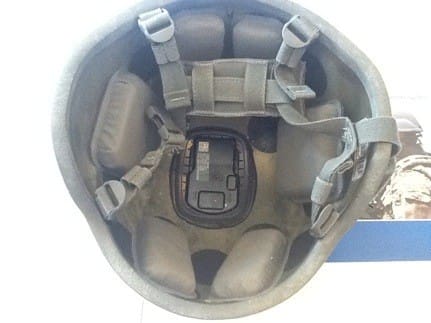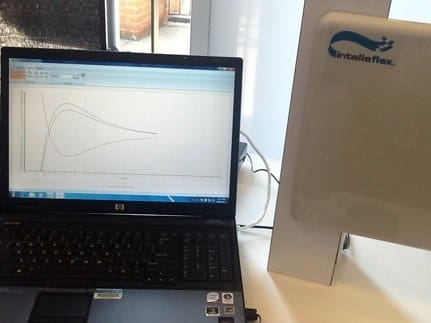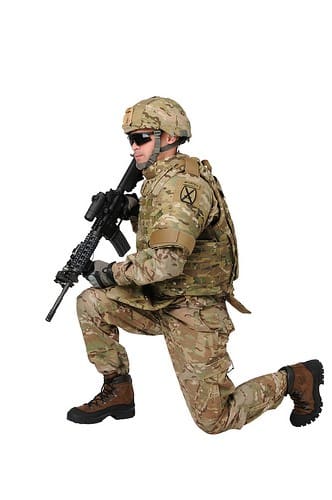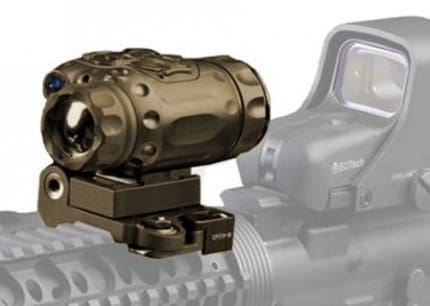Late last summer we mentioned that BAE Systems had acquired OASYS (OPTICAL ASSEMBLIES AND SYSTEMS) Technology. What we didn’t do is tell you the nuts and bolts of what OASYS actually does. They specialize in Electro-Optics and just happen to make, what are in our opinion, the hottest IR systems out there. In fact, you may already be using an OASYS product and not even realize it. JIEDDO has fielded thousands of Universal Thermal Monoculars (UTM) (and most recently SkeetIRs) through SPAWAR to troops in OEF and OIF to help look for IEDs. The UTM is also known as the StalkIR and can be mounted on weapons as well as used as a handheld device. It features dual band lasers and a modular chassis that can accommodate new technologies as they become available as well as allowing the device to be easily configured at the factory.
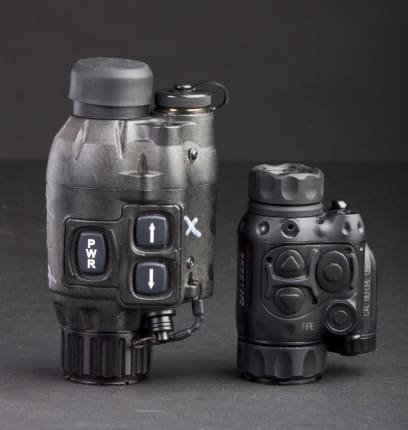
The most important factor in all of their designs is that they are custom products built to the client’s specifications. These uncooled LWIR sights can be turned on and put into action in less than four seconds and are controlled by a combination of hot buttons and an intuitive menu. Calibration is quickly accomplished when needed.
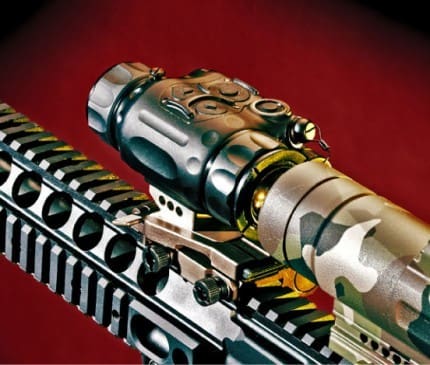
The SkeetIR is even more compact and lightweight that the StalkIR weighing in at a scant 6.5 oz with a CR123A battery. With a 320 x 240 detector and a display boasting 640 x 480 it also features selectable reticles and variable zoom. Additionally, there are three display options, white hot, black hot, or outline mode.
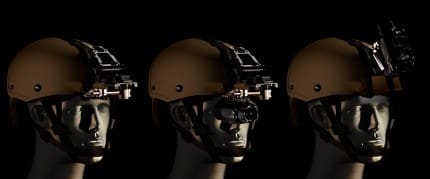
Due to several mounting options utilizing a mounting shoe, the sights are extremely versatile and can be rapidly transitioned from the handheld mode, mounted to a weapon as a stand alone sight or as a clone sight, and can be headborne alone or integrated with a legacy NVG utilizing a COTI (Clip-On Thermal Imager) module to turn it into a NV/IR fusion sight. In this mode, the SkeetIR is set in outline mode and overlays this information directly on to to the night vision scene in real time. This helps define shape and definition to what might appear as blobs under NV alone. All of this is possible as the signal is digital and can be accessed via a data port on the back of the device which is common to both SkeetIR as well as StalkIR. Not only can the IR signal be combined with NV data but it can also be sent via radio protocol just as any other signal. This port also allows the sight to be reprogrammed. Additionally, the SkeetIR’s reticle is smart and will shift from black to white based on the conditions displayed in the view.
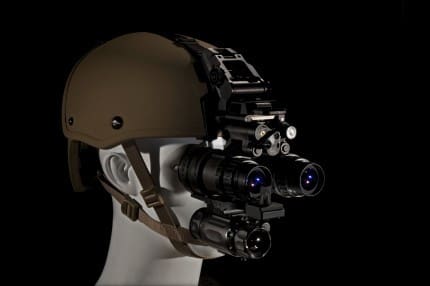
The SkeetIR comes standard with a red laser pointer. Green lasers can be integrated into the larger UTM design but users have found that they use power too quickly. Additionally, units have been delivered with LEDs of various colors for standard illumination. When the device is used as an applique on a night vision system to form a fusion goggle you can look at a target and simultaneously point a laser at it. The laser can be programmed to a variety of patterns. Additionally, as the sight integrates a three axis Digital Magnetic Compass you can determine a target’s azimuth by degree or mil. These features make the technology a great candidate for integration with other digitization efforts.
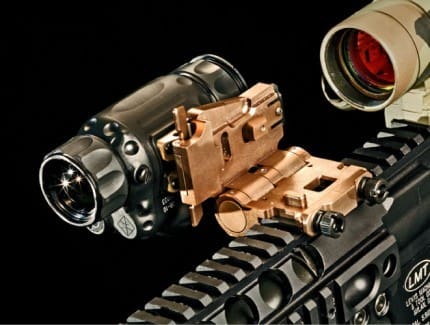
The weapon mount accepts either OASYS sight and allows them to be quickly flipped out of the way when not needed. Additionally, the SkeetIR is easily cloned to the zero of your existing optic. Both IR devices are extremely robust and can handle the shock and vibration associated with being mounted on heavy weapons.
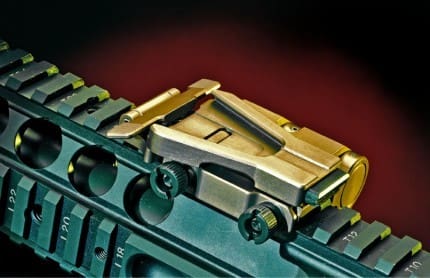
OASYS uses the same remote as Insight for laser activation so the UTM is backwards compatible with the PEQ-2A, PEQ-15, PEQ-16, PSQ-18, and M3X/M6X weaponlights. There is no need to purchase additional new accessories and if a cable is lost or damaged it is easily replaced from existing spares. Finally, to conserve power, the SkeetIR utilizes a Hall Effect Sensor to go into standby mode and eventually shut down when disconnected from its mount.
Look for more articles on OASYS Technology soon here at SSD.
The entire line is available through Stryke Logistical Group LLC.
www.oasys-technology.com
Note: This is an ITAR restricted item.


